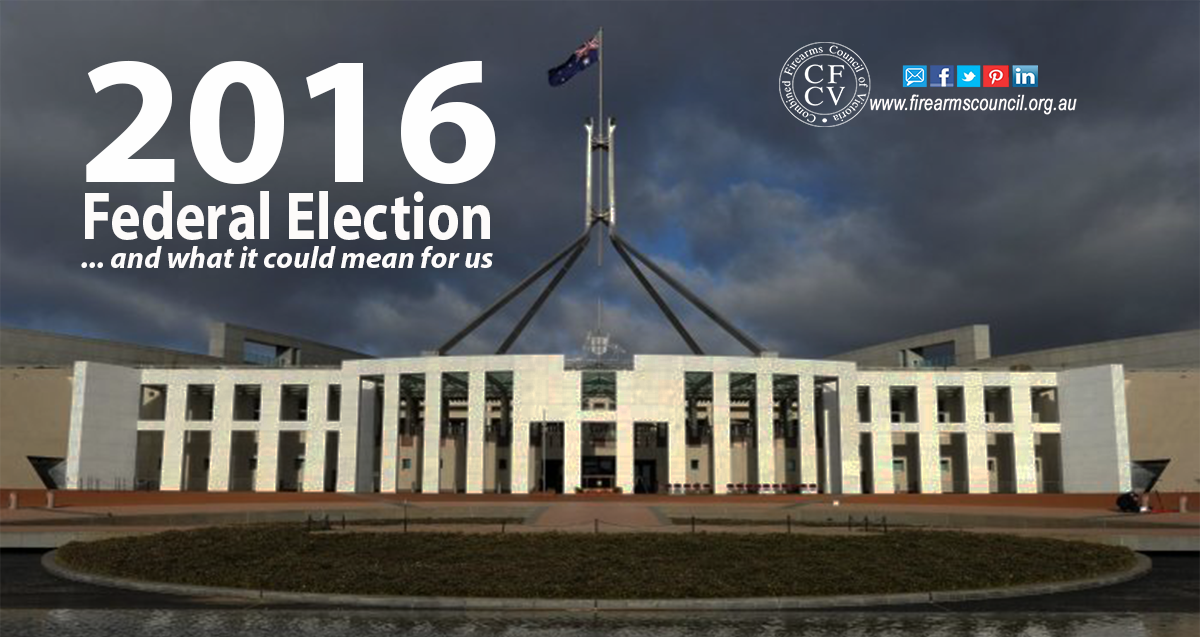What the Federal Election could mean for us

It also explains why the Green could soon seize control of the Senate.
What are the changes to the Senate system?
Until recently, all you had to do to vote in the Senate was to put a “1” in the box “above the line” for the party of your choice. Your vote would then be allocated according to the instructions of the party (called Group Voting Tickets – GTVs) to the Australian Electoral Commission (AEC).
The alternative was to number every box ‘below-the-line’. At the 2013 Federal Election, there were 95 boxes below the line, which most people simply weren’t interested in doing. Over 95% of voters therefore vote above-the-line, so they can get out of the polling booth to do their shopping or whatever else they had lined up on polling day.
If, as an example, Labor had enough votes to elect, say, 2.5 candidates, they would get two elected and the extra half a ‘quota’ would be required to be allocated to someone else. Similarly, a minor party which attracted, say, 0.1 of a quota wouldn’t get anyone elected, but their votes would go towards helping someone else.
This is where preference deals kick in. The preference deals which led to the election of smaller players at the 2013 Federal Election enabled some of them to vacuum up as many portions of quotas to get a full quota. That’s how Ricki Muir got elected: it’s also how the Greens ended up with two senators in Victoria.
It’s therefore possible your vote ended up with someone you would never have wanted to vote for.
The changes passed by Federal Parliament have effectively abolished GTVs. Now voters will need to number at least six boxes above-the-line rather than one (or they can still number all the boxes below the line if they want to).
That means if you wanted to vote for Labor but didn’t want your vote ending up with the Greens, you could avoid that by numbering 2 to 6, making sure the Greens weren’t there.
This is a double edged sword because on one hand it gives voters that extra control, while on the other it reduces the chances of smaller pro-gun parties from getting their own elected.
The problem it creates for us is that it means less representation by smaller pro-gun parties, and with the majority of the population not being shooters, more preferences are likely to flow to the Greens (which is why the Greens supported the change).
Also, as Labor has historically relied on preferences from minor parties to get their people up, the changes make it likely any future Labor government will have a stronger Greens influence.
What’s a double dissolution?
Each state is represented by 12 senators and each territory by 2 senators. For the states, the vacancies of six senate positions occur at each federal election while the other six continue until the following election. It’s a rotation system that means senators normally have six year terms while lower house MPs (called the House of Representatives) serve three.
During a normal election, the first four or five senate positions will end up with Labor or the Coalition, with the last position likely to end up with a minor party player – such as the DLP, Family First and so on.
A double dissolution means that all Senate positions become vacant. With double the number of vacancies than normal and the same number of voters, it comes harder for the major parties to achieve the same number of successful candidates, which opens the door for more Greens.
Two changes in one
The combined impacts of the introduction of new voting system and possibility of a double dissolution will help the Greens.
If the Greens increase their parliamentary representation – and potentially hold the balance-of-power – the prospect of them doing more damage to the shooting sports is real. As you may be aware, they have policies to ban hunting and ban the private ownership of handguns.
While firearms are a state issue, there are two areas at federal level they can influence. The first is Customs regulations which control what can and can’t be imported into Australia (read firearms and ammo) and coordination of the National Firearms Agreement.
Firearm legislation may be state based, but a strong Greens influence federally could make what John Howard did, look lame.
Here’s the punchline – the Greens currently have 10 senators, out of 76. The reforms mean they are likely to pick up at least another two, making it 12 out of 76. Regardless of whether or not the Greens will hold the balance-of-power at the next election, it’s clear they will some day. At the very least, they will continue to be a major force in Australian politics for at least the next 20 years, which means we’ve got our work cut out for us.
Where there’s threat, there’s opportunity
What you have read about is only a problem if shooters don’t vote properly.
We’ve proven what can be done when shooters do become politically aware and vote properly, including the need to put the Greens last. While we are obviously concerned about the Greens in the upper house (Senate), the Federal Election also provides us with an opportunity to consolidate our position with the major parties in the lower house (House of Reps) by supporting candidates who will support the shooting sports.
In other words, the changes to the Senate won’t affect our election strategy or our ability to deliver better outcomes for the shooting sports.
However the heightened risk of the Greens seizing control of the Senate is something we’ll be putting a lot more effort into highlighting over the next few weeks.